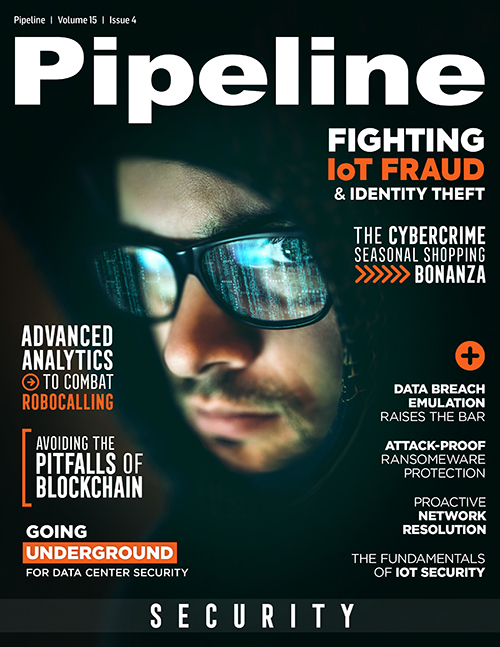Going Underground for Data Center Assurance and Security
Former limestone mines particularly help offset temperatures by acting as a heat sink. For example, The Underground, a U.S.-based Iron Mountain facility, claims its limestone can absorb up to 1.5 BTUs per hour per square foot. The cost reductions afforded by naturally-regulated subterranean temperatures are enjoyed by providers and, subsequently, enterprise customers.
Service assurance: The scalable and secure nature of an underground facility enables providers to better deliver on key service assurance efforts—including network quality analytics, operations transformation, and service quality management—to guarantee higher quality of service that differentiates their market positioning and customer appeal. Regardless of what’s happening above-ground, providers will maintain real-time visibility into session paths and performance parameters for rapid resolution and recovery.
Physical security: With the ability to withstand a nuclear attack, underground facilities are unquestionably physically secure. Coupled with advanced measures like those enforced above (facial recognition, infrared cameras, military-grade security personnel), underground sites offer unparalleled protection against both natural and unnatural events.
Let’s return to the example of Hurricane Sandy: many data centers in the New York tristate area suffered outages because the power was shut off in mandatory evacuation areas. Cooling systems were shut down to keep generators running, leaving some operators no choice but to manually haul diesel fuel up dozens of flights of stairs to backup generators located on the roof. Underground facilities eliminate these possibilities, enabling providers to confidently maintain and secure high-workload requirements 24x7.
Construction costs: An added benefit of going underground is the cost savings associated with construction. According to Architect Kerry Knott of Bell/Knott & Associates, who has worked on several underground data centers, constructing a tornado-proof building above-ground can cost up to $100 extra per square foot. Accelerated permitting for underground construction can also produce 8 to 10 weeks of savings, according to Knott, with the bonus of year-round construction without weather delays.
Other benefits of siting a facility underground include the prevention of satellite imaging, air sampling to detect changes in air ionization, and hot aisle/cold aisle separation to keep equipment even cooler. The competitive advantages are seemingly endless.
Conclusion
As the data center industry shifts in support of these digitally driven technology innovations for business, both enterprises and hosting providers should consider the undeniable benefits of an underground facility. Having said that, it’s also important to note that not all underground facilities are created equal. Knott advises potential customers to shop carefully and be mindful of certain considerations. For example:
- Sites must first be mined for commercial development to be considered acceptable data center space
- Limestone must be preserved in proper thickness to ensure structural integrity
- Column size and placement is important, as it impacts the technical space
- Early underground facilities may be risky for siting, as mining techniques have evolved.
An ideal location will offer a safe, natural-weather environment, structurally sound layout, and scalable space for impenetrable protection and sustainable growth.



















